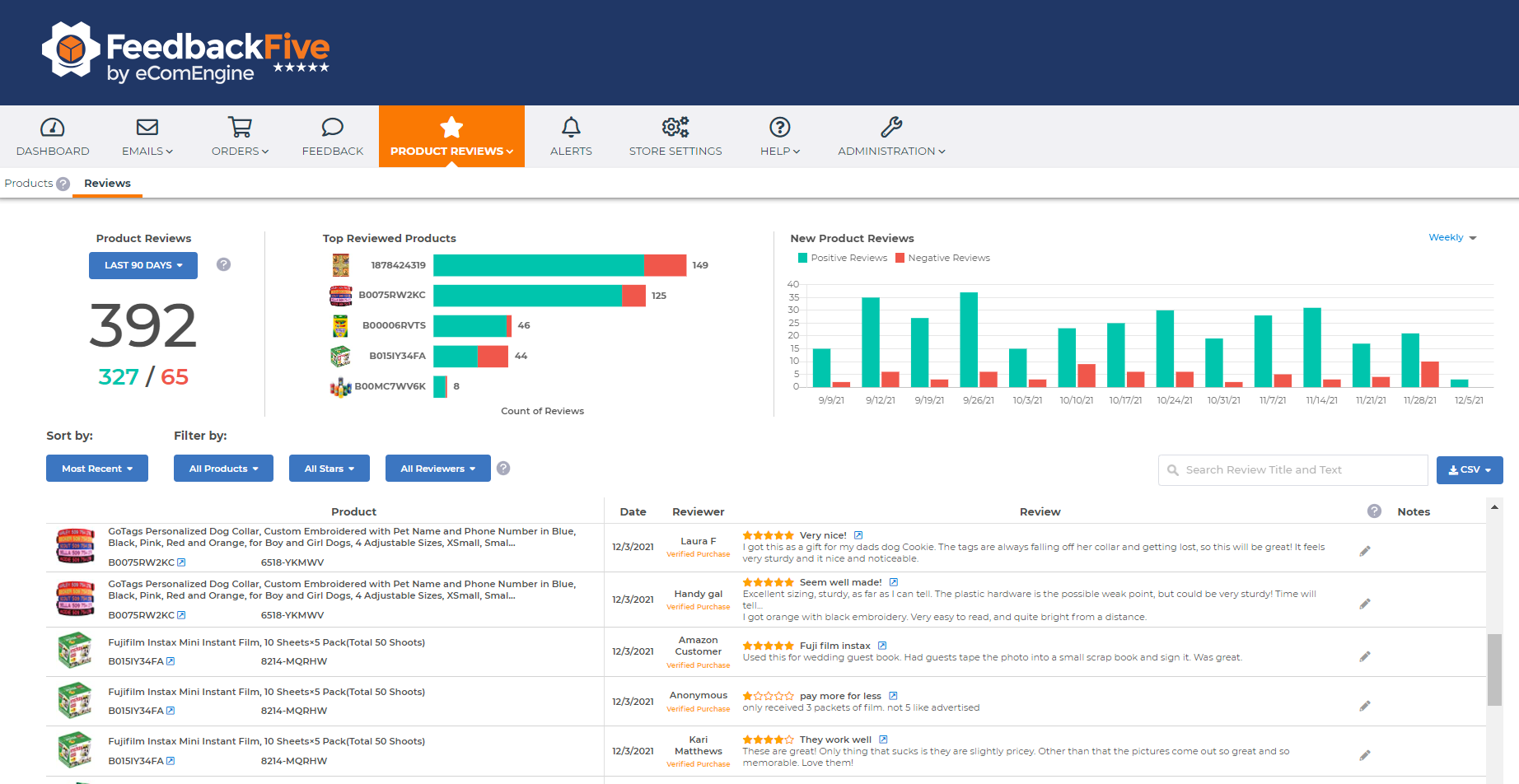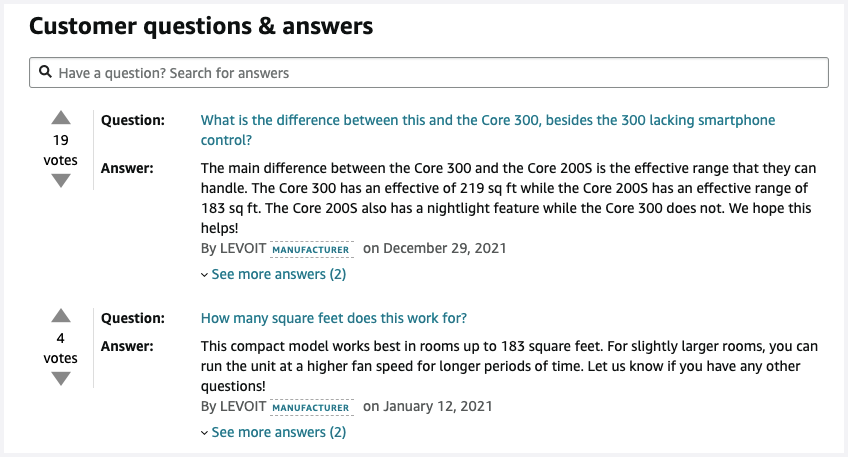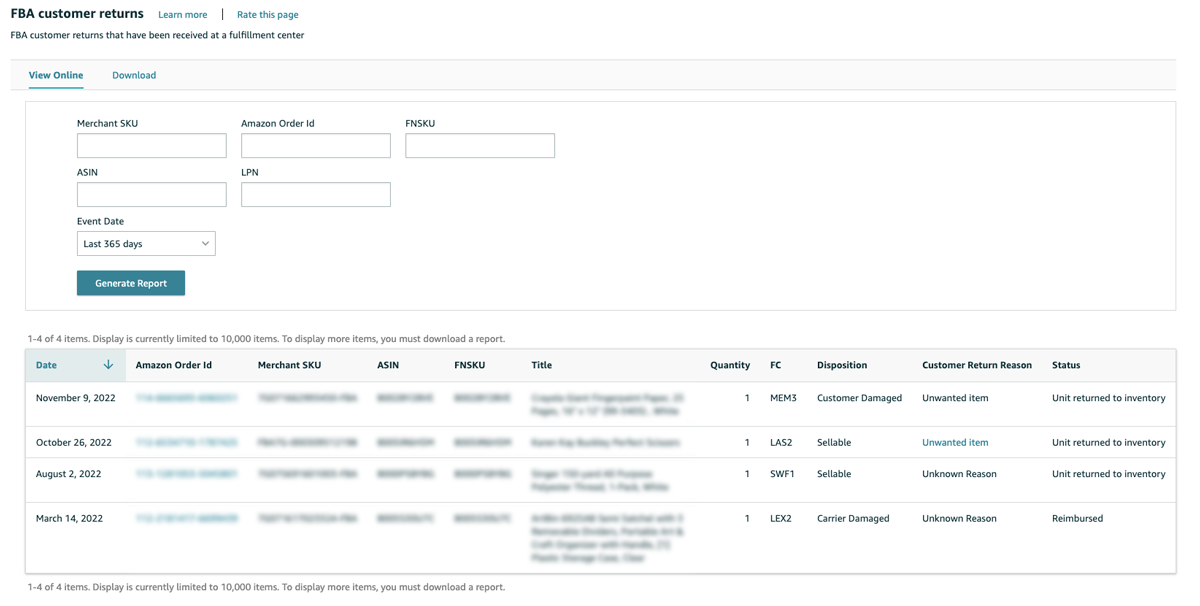Originally published on December 13, 2022, updated February 20, 2025
Menu
Join Our Email List
- Receive our monthly newsletter.
- Stay up to date on Amazon policies.
- Get tips to grow your business.
Every sale you make is a win—or so it seems at first. But sometimes the sale you celebrate today will turn into tomorrow’s headache: a return. You can’t avoid returns completely, but you can take steps to lower your Amazon return rate and reduce some of the stress that goes with selling items online.
Lowering your Amazon return rate means saving money, reducing your workload, and having fewer account health issues. Here are a few strategies to help you out.
Every time customers place an online order, they’re taking a risk. Without a way to see the item in person first, they have to trust what the listing says about it. Do your best to include as much detailed information as you can in your product description. Include anything likely to impact a customer’s satisfaction with your product: sizing information, dimensions, what materials the item is made of, ingredients it includes, other products it’s compatible with, etc.
You want your content to come as close as possible to replicating what a customer would be able to learn about the product in person. When they know what they’re getting before they order, they’re less likely to be disappointed with what arrives.
 Get FBA Return Insights
Get FBA Return InsightsThe product description can cover a lot of valuable territory, but the visual component of your product listing is arguably even more important. Humans are very visual creatures, and the product photos you include are often the only way a customer can see the product before they purchase, so make the most of them.
Invest in high-quality photography, including 360-degree images that give customers a complete view of the product. Provide photos that show your product at different angles, and include images of how different versions of it look (such as different colors or sizes). If relevant, consider adding a photo or two of your product in action. If your dog bed is pictured with a Yorkie sleeping peacefully on it and your clothing items are shown being worn by models, it helps people envision the products in their own lives.
If you notice that your product images have been altered without your consent, it could be a signal that your listing has been hijacked. SellerPulse includes listing content change alerts that notify you of any modifications to your title, brand name, bullet points, and main image. You’ll also be notified if your item has been flagged as “adult” by Amazon.
Product videos go one step further in helping customers see what your product looks like in action. Making high-quality videos is more affordable than it used to be, and they’re a great feature to make your case to buyers about the product’s value. Make sure any videos you create follow all of the Amazon video guidelines and provide customers with an accurate portrayal of your products.
Amazon has said that 73% of US adults are more likely to purchase after watching a product video.
In June 2023, Amazon also announced that brand-registered and non-brand-registered sellers can now add product videos to their listings. Sellers can upload video content to their product pages as long as they've been selling on Amazon for three months or longer.
If you want to know how to reduce returns on Amazon, this is an obvious place to look. While some returns happen because customers simply changed their minds, most returns take place because a customer is unhappy with the product that was received. To avoid this, you need to understand what your customers do and don’t like about your product. The best way to learn what customers are thinking is by paying close attention to your product reviews.
Monitoring your reviews with software like FeedbackFive helps you to catch any issues customers have with your products quickly so you can fix them or update your listing to account for any misinformation.

When you understand the reasons people have for not being 100% satisfied with your product, you can be more proactive in addressing those issues to avoid future dissatisfaction (and returns!).
You can send a product off in top-notch condition and still end up with a return due to defective packaging. A product that isn’t packaged properly—especially if the product itself is particularly fragile—can get damaged in transit. To reduce how often you get returns due to packaging issues, invest in packaging materials that work well for the products you’re sending.
Some returns can be avoided if the customer simply knows who to reach out to with questions. If they can find out whether or not a product will meet their needs before they buy, they’re less likely to end up sending it back. Or, if they can reach someone with troubleshooting questions when a product doesn’t work quite right out of the box, they’re more likely to get it working and keep it.
Customers usually view returns as a hassle, too. They’d almost always prefer to keep and enjoy the item if they can get it to do what they bought it for. If you’re ready with an answer right when they need it, you can help them through any issues that would otherwise turn into returns.
You can accomplish this by answering customer questions on your product listing and being responsive whenever a customer contacts you on any of Amazon's other communication channels.

Every return is a learning opportunity. Pay attention to the reasons customers give for their returns. Sometimes the cause will be something outside of your control. There will always be customers who just won’t know whether or not they like an item until they receive it in person. But oftentimes, the reason for the return will be something that you can improve upon.
For example, if you’re receiving a lot of returns on clothing items that don’t fit right, it may be time to revisit your sizing guide. If a lot of items are getting damaged in transit, you know it's time to invest in better packaging. Make a note of all the feedback you get and act on it! If you don't, you may end up with Amazon's "frequently returned item" tag that now acts as a warning label.
SellerPulse also includes a returns report detailing your returns over the past 90 days. Get insights about returns over time, return reasons, weekly return rate by product, and more.

Related reading: Amazon Seller Reputation KPIs: What to Watch
As you embark on the goal of reducing your Amazon return rate, you’ll need a way to periodically check on your performance.
Here are a couple of ways to check your Amazon return rate:

Alternatively, you can set up a weekly returns report summary from SellerPulse to help you monitor return trends with minimal effort.
Reducing your Amazon return rate is not only great for your business, but it also creates a better experience for customers.
When the item they receive is just what they want, everyone wins. By setting accurate expectations and ensuring customers receive products in good condition, you can make more sales that stay sales.
Originally published on December 13, 2022, updated February 20, 2025
This post is accurate as of the date of publication. Some features and information may have changed due to product updates or Amazon policy changes.
These Stories on Amazon
14321 Winter Breeze Drive
Suite 121 Midlothian, VA 23113
Call us: 800-757-6840





Copyright© 2007-2025 eComEngine, LLC. All Rights Reserved. eComEngine®, FeedbackFive®, RestockPro®, and SellerPulse® are trademarks or registered trademarks of eComEngine, LLC. Amazon's trademark is used under license from Amazon.com, Inc. or its affiliates.
No Comments Yet
Let us know what you think